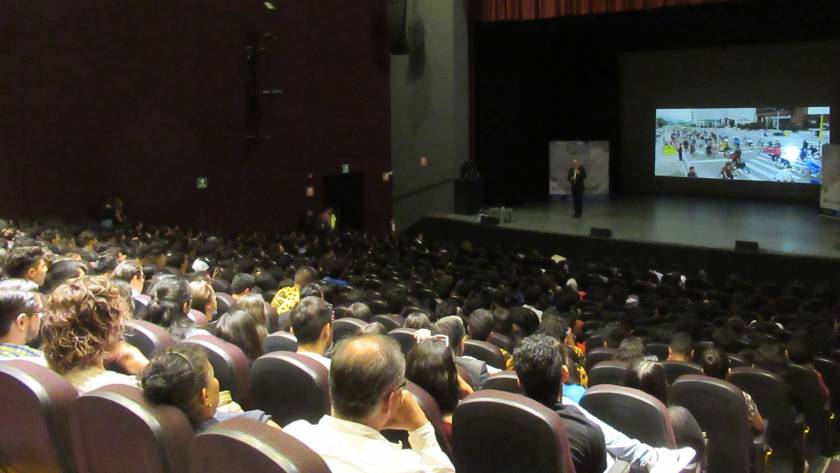Key Takeaways
→ Urban environments should be flexible, adaptable, and deeply human-centered.
→ High density should not mean high-rise developments alone but rather diverse,
layered urban spaces with well-designed mid-rise buildings, communal areas, and
active streets.
→ Cities should cater to human senses—lighting, soundscapes, material textures,
and smells - all influence how people perceive and use public spaces.
→ Designing cities for…

